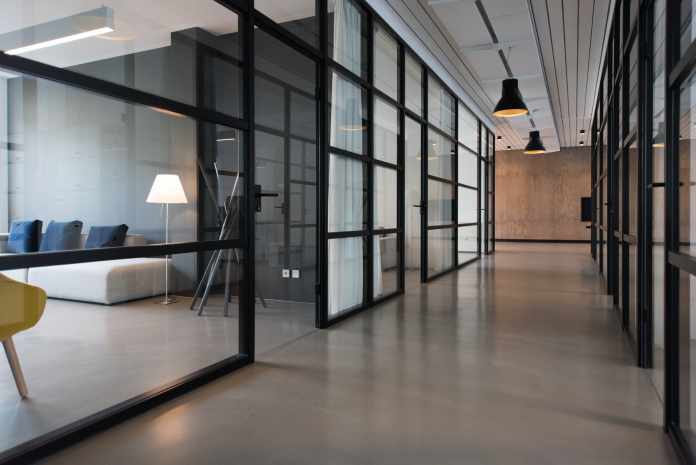Self-storage units have been a growing industry for years now. In fact, one study suggests the commercial self-storage market has ticked upward by 8% every year since 2012, with an average profit surge of 41%.
You would think self-storage would be a relatively straight-forward, stable niche, especially with the comfortable profits rolling in, but there are always new innovations and ideas, as well as positive technological disruptions that can help to naturally evolve any market.
The following is a list of the top trends in commercial self-storage units:
Drive-in storage
No, you didn’t misread that headline….drive-in storage units are a definite trend right now. Though they are starting slow, this could be a storage staple in the future. As big as it is, the entire city of San Diego only has one drive-in self-storage facility. This Morena storage location allows you to easily drive up, unload your items quickly, and then move on without any hassles.
There are many reasons to need efficient, unencumbered storage space – a remodeling project, moving between apartments or homes, spring cleaning, etc. – but everyone agrees it should be as painless as possible.
Mobile apps for storage
There’s pretty much an app for everything these days, so it shouldn’t come as a shock that the self-storage industry now uses them. Millennials demand mobile apps and since millennials are one of the prime up-and-coming home owning demographics of storage units, it makes sense.
Self-storage apps facilitate someone comparing different facilities, managing their contracts, and interfacing with facility staff to check on their items or create smartphone access key codes.
Companies like Clutter and MakeSpace offer these apps, through which you can even have items delivered directly to your unit.
We’ll talk more about apps in a minute.
Self-serve kiosks
Kiosks may sound like something you would expect to see in a strip mall or corporate chain, but many storage facilities are using them to reduce overhead, as well as afford greater control to customers. The interactive kiosks feature software whereby users can directly interface with an updated database that will store all information, contracts, and unit details. This allows for a smoother contract term and prevents the possibility of misunderstandings, unexpected costs, or lost items.
Remote monitoring & climate control
Security cameras, remote monitoring, and climate-controlled units are worth smashing into one category because they all kind of work together as a trend in providing better safety and upkeep.
While climate-controlled units have been around for many years now, remote monitoring (done through apps usually) allows users to keep tabs on their storage unit and make sure their items are safe. Premiere services will allow you to actually tap into security camera feeds and watch your unit in real-time.
Robbery and climate damage are two of the biggest threats to items in a storage unit. Fluctuating temperatures can harm or destroy items ranging from fabrics, electronics, musical instruments, furniture, valuables, collectibles, and antiques, and many others. Remote monitoring access allows self-storage customers to keep track of both unit security and internal temperature/humidity.
Does this sound paranoid to you? Well, imagine if there is a malfunction in the climate-controlled system and no one observes it. Given the right extreme temperatures, this can lead to overnight destruction of valuables via mold, mildew, rust, and frost. Remote monitoring apps will give you an alert if your unit’s climate changes; they can also tell you if your unit is opened or breached without authorization, or if your facility’s security camera spots an intruder.
There are many additional trends in self-storage these days, including automation, the baby boomer demographic, artificial intelligence, and others.
We talked at the beginning of this post about a study that showed the rising use of self-storage units. Another study from 2018 says that 67% of these rentals are by people living in single-family homes, which, according to the authors, seems to suggest that the average American family is buying stuff that they don’t even have room for in their homes. While this statistic may suggest the need for the average American to stop buying so much stuff, it also says that the need for storage will be around for the foreseeable future.
















